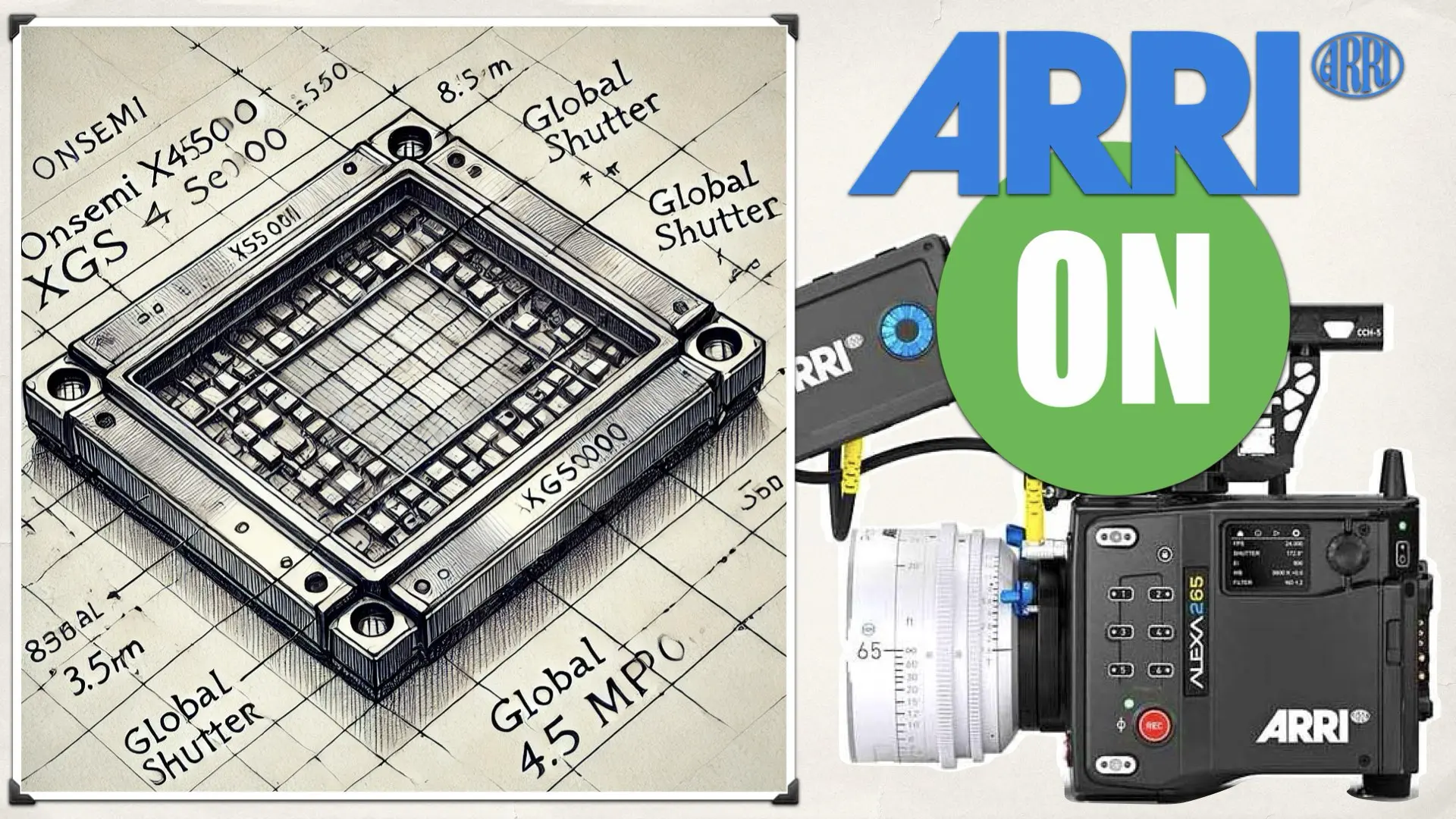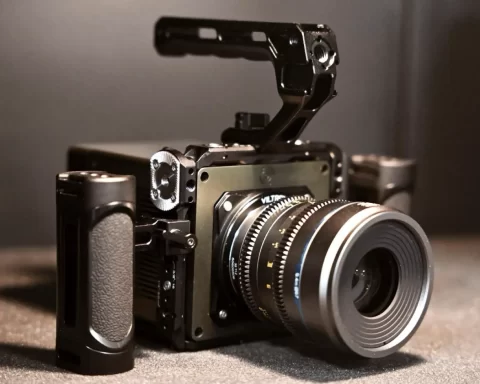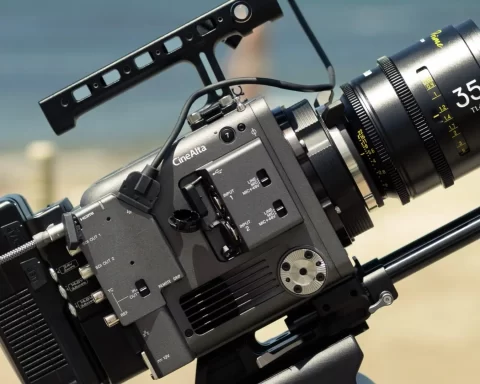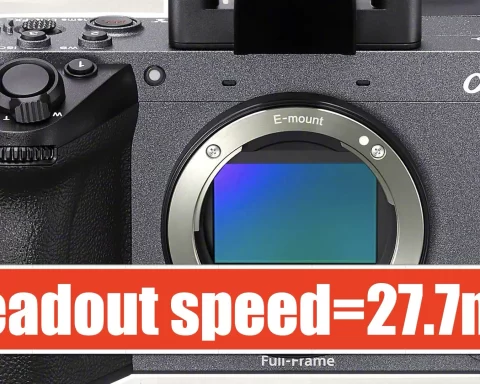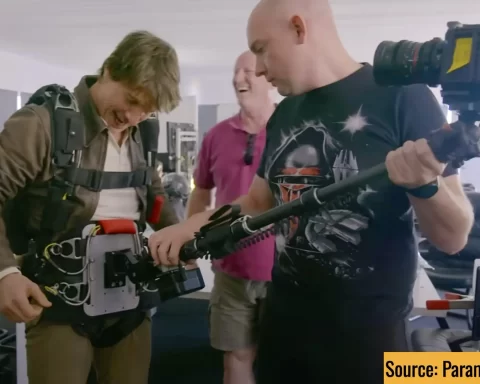The possibility of ARRI, a giant in the cinema camera industry, venturing into the realm of global shutter sensors by implementing OnSemi’s XGS 45000 CMOS image sensor is both exciting and thought-provoking. With virtual production emerging as a key focus area for ARRI, such a development could redefine its position in the global shutter cinema camera market.
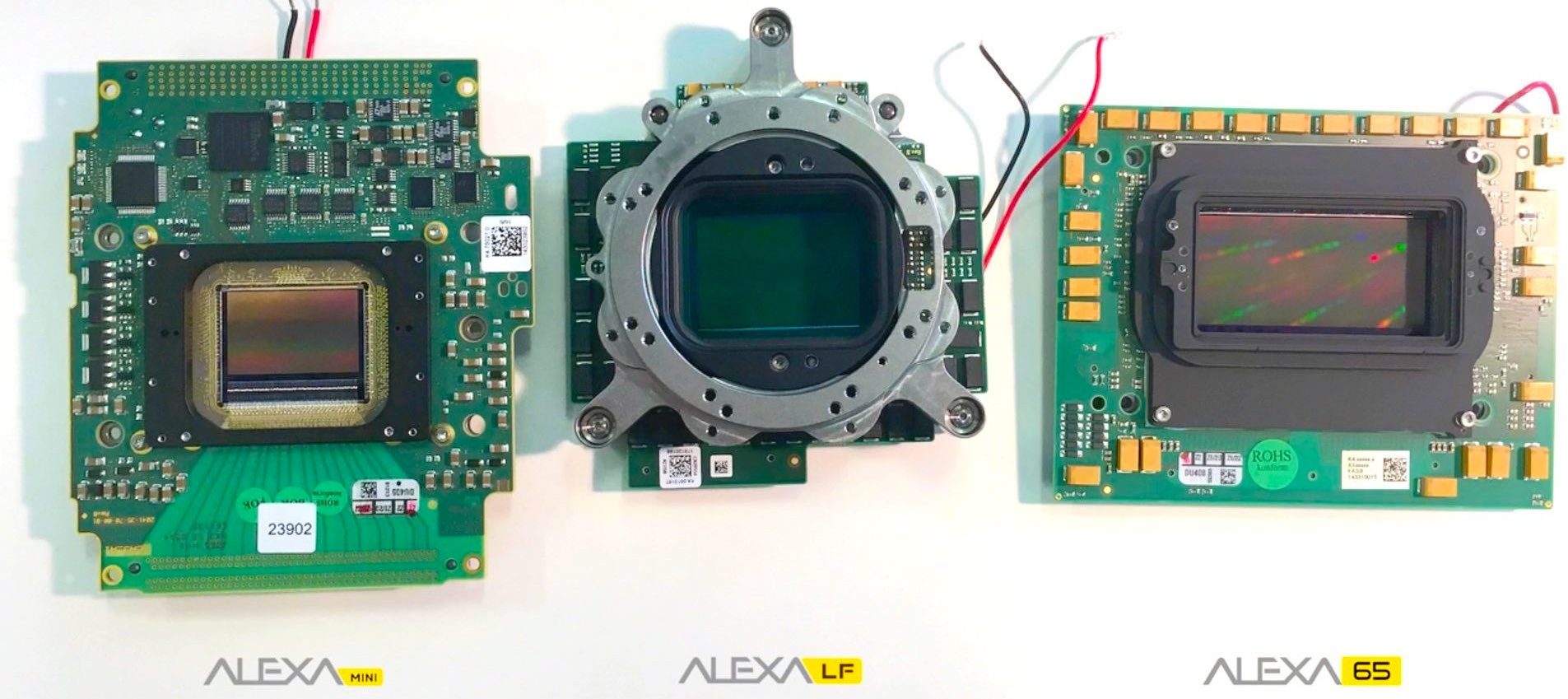
Despite ARRI’s industry dominance with its ALEV series of sensors, which boast impressive readout speeds, they currently lack a cinema camera with a global shutter sensor. In virtual production environments, where LED volumes and fast-moving imagery dominate, the absence of rolling shutter artifacts is critical.
Understanding the OnSemi XGS 45000 Sensor
The XGS 45000 is a 44.7-megapixel CMOS image sensor with an 8192 x 5460 resolution, tailored for Super 35 mm optical format. Key features include:
- Global Shutter: Eliminates rolling shutter artifacts, ensuring crisp, distortion-free imaging.
- High Frame Rate: Supports up to 48 fps at full resolution with 12-bit output and up to 60 fps at an 8K ROI (8192 x 4320).
- Energy Efficiency: Offers a low power footprint, which is crucial for extended usage in cinema applications.
- Modularity: Shares design and footprint with other sensors in the XGS family, allowing streamlined integration.
Originally designed for industrial imaging, the XGS 45000’s technical specifications make it a compelling choice for high-end cinema cameras, especially in environments like virtual production where precision and speed are paramount. Learn more about the XGS 45000 here.
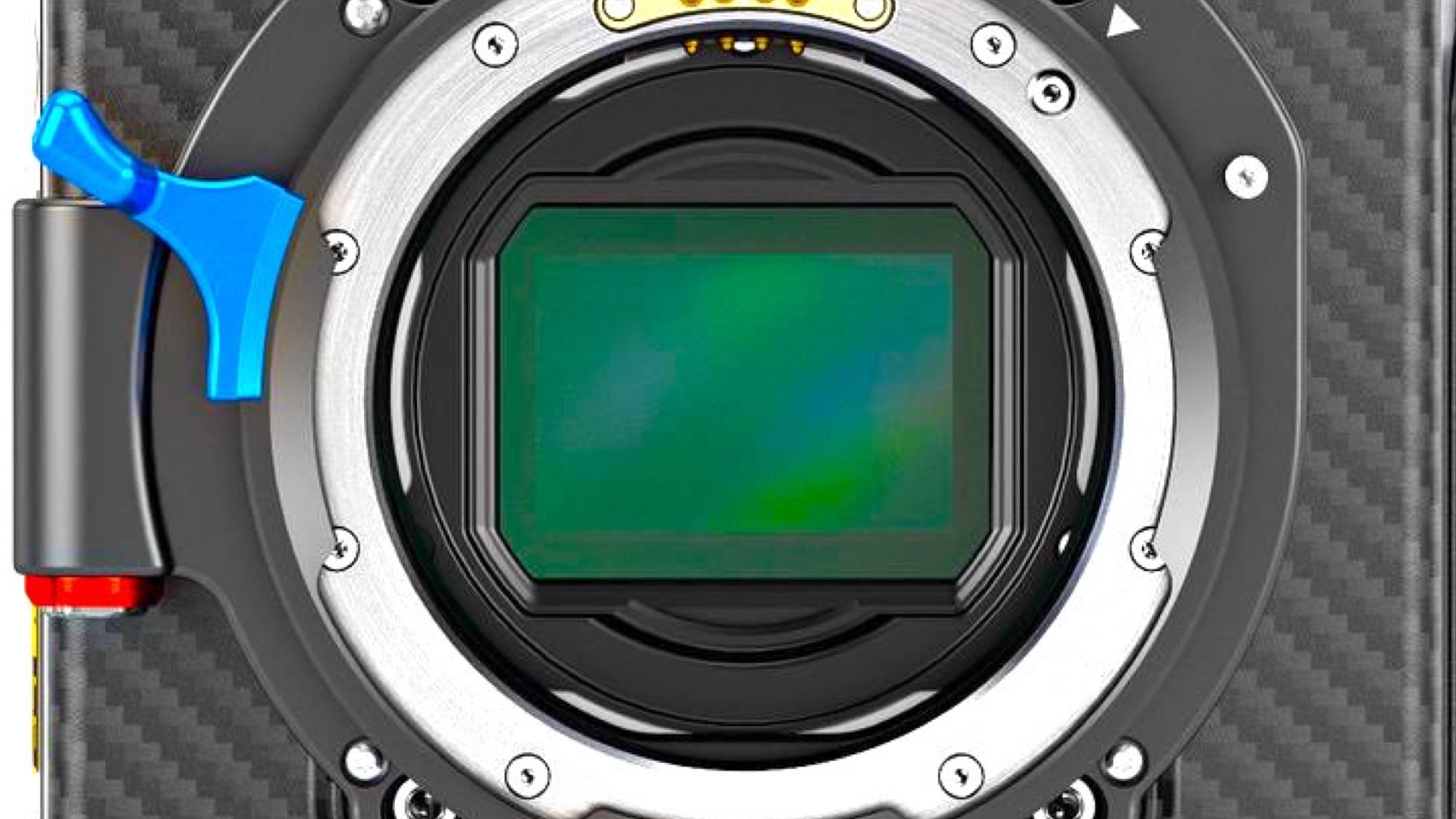
Why ARRI Needs a Global Shutter Camera
Despite ARRI’s industry dominance with its ALEV series of sensors, which boast impressive readout speeds, they currently lack a cinema camera with a global shutter sensor. In virtual production environments, where LED volumes and fast-moving imagery dominate, the absence of rolling shutter artifacts is critical. Global shutter technology ensures:
- Accurate Motion Capture: Essential for syncing virtual environments with live-action footage.
- Elimination of Rolling Shutter Artifacts: Key for smooth transitions and effects in high-speed scenes.
- Improved Workflow: Enables seamless compositing and real-time feedback during production.
ARRI’s commitment to virtual production solutions (explore ARRI’s focus on virtual production) makes the adoption of global shutter technology not just a luxury but a necessity.
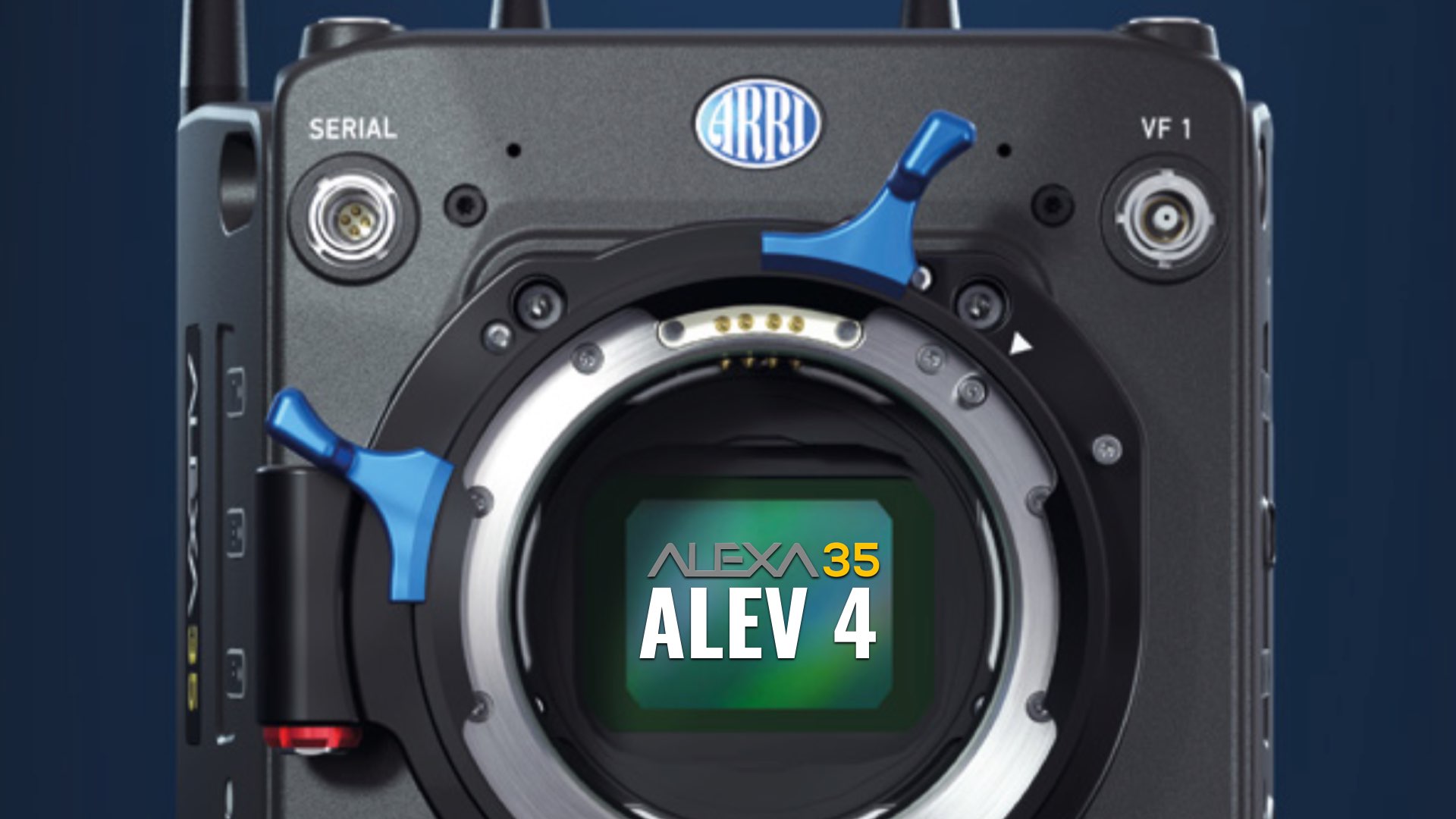
OnSemi and ARRI: A Proven Partnership
ARRI’s collaboration with OnSemi is not new. The ALEXA 35, one of ARRI’s flagship cameras, utilizes a custom-designed high-end CMOS sensor developed by OnSemi. This precedent demonstrates that the two companies already have a robust working relationship, setting the stage for a possible global shutter camera. Learn more about their collaboration on the ALEXA 35 here. In fact, all of ARRI’s digital sensors are crafted by OnSemi, signifying a deep synergy between the two companies. ARRI has a proven track record of leveraging OnSemi’s materials and technology to create sensors that deliver unparalleled image quality. This collaboration underscores ARRI’s expertise in adapting and optimizing OnSemi’s sensor designs to meet the demanding needs of professional filmmakers. The potential integration of the XGS 45000 sensor could therefore benefit from ARRI’s extensive experience in fine-tuning OnSemi’s technology for the cinema industry.
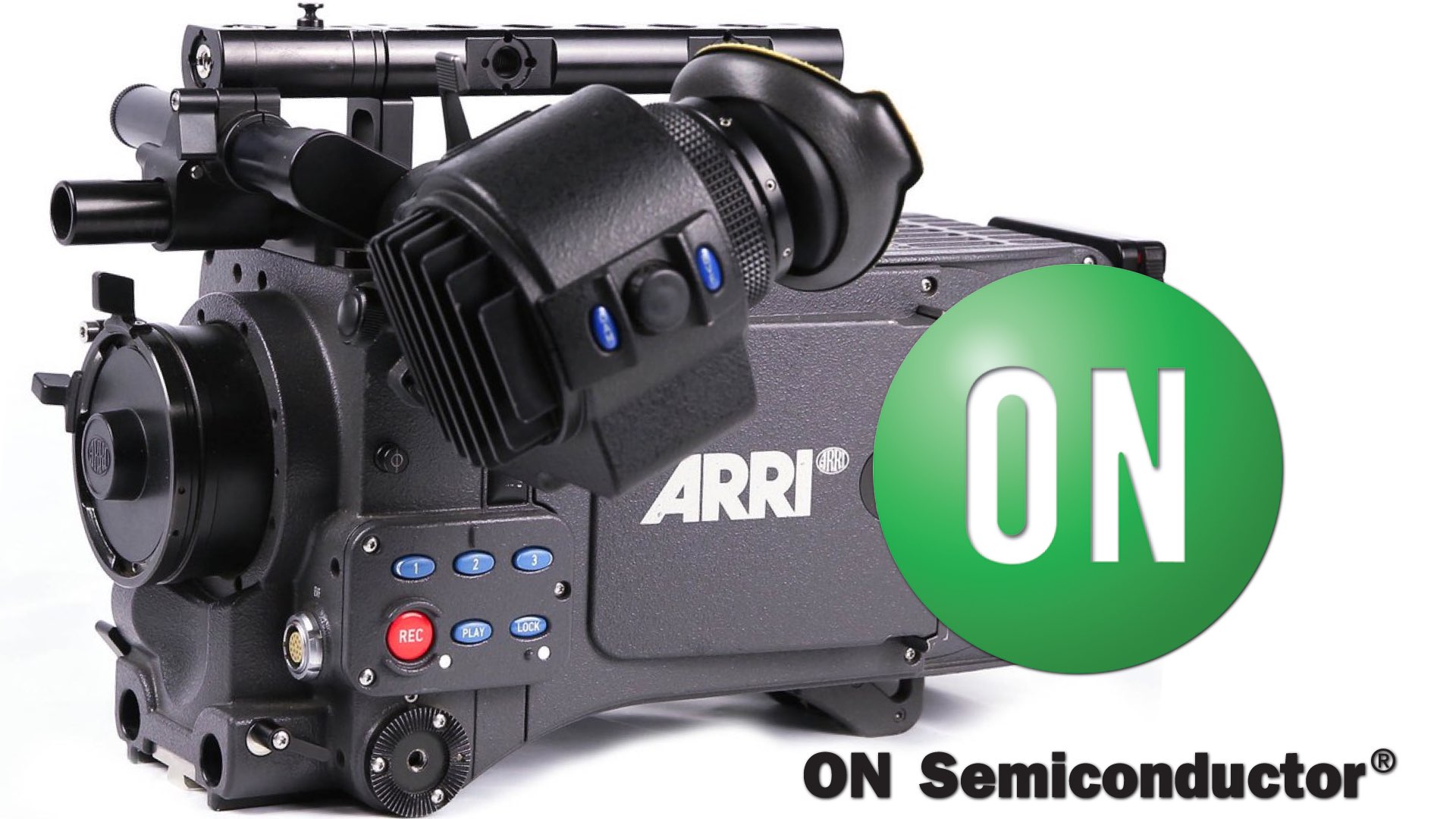
The Atomos Saga: A “World Class” Sensor That Never Was
While discussing global shutter advancements, it’s worth mentioning Atomos’s infamous announcement of their “world-class” Sapphire 8K global shutter sensor. Promised with much fanfare, this sensor was touted as a revolutionary leap in the industry. However, despite the bold claims and initial excitement, the Sapphire 8K has yet to see the light of day. This no-show has left many in the industry chuckling at what now seems like an overhyped pipe dream. (Read more about the Sapphire 8K here). However, it’s proof that global shutter 8K sensors are very needed in our industry. ARRI, by contrast, has a history of delivering on its promises. Their potential adoption of the XGS 45000 would stand in stark contrast to Atomos’s misstep, and hence ARRI has a very high chance when it comes to sensor implementation.

ARRI’s collaboration with OnSemi is not new. The ALEXA 35, one of ARRI’s flagship cameras, utilizes a custom-designed high-end CMOS sensor developed by OnSemi. This precedent demonstrates that the two companies already have a robust working relationship, setting the stage for a possible global shutter camera.
Advantages of Global Shutter in Cinema Cameras
The move to global shutter technology aligns with broader industry trends. Brands like RED have already introduced large-format global shutter cinema cameras, such as the V-RAPTOR X and XL-X, but started with the Komodo. These cameras demonstrate the advantages of global shutter sensors for high-end productions. (Read about RED’s advancements here)
Some key benefits of global shutter technology include:
- Distortion-Free Imaging: Unlike rolling shutters, global shutter sensors capture all pixels simultaneously, eliminating distortion caused by fast-moving objects or rapid camera pans. This feature is indispensable for action sequences, car chases, or any dynamic motion shots.
- Superior Synchronization: With a global shutter, there’s perfect synchronization between frames, enabling seamless integration with LED volumes and virtual production setups. This ensures that effects like dynamic lighting and real-time rendering match perfectly with live-action footage.
- Issues with Dynamic Range Solved: Many modern global shutter sensors, including the XGS 45000, are designed to deliver enhanced dynamic range, which is crucial for HDR workflows. This ensures details are retained in both the brightest highlights and the deepest shadows. Nowadays, DR is no longer a limited factor in global shutter sensors.
- Versatility in Lighting Conditions: Global shutters handle flickering lights or strobes exceptionally well, eliminating issues like banding or inconsistent exposures.
- Increased Reliability for VFX: High-end VFX work relies heavily on precise and artifact-free footage. Global shutter cameras ensure clean and accurate frames, making them ideal for CGI-heavy productions.
- Elimination of Jello Effect: The dreaded “jello effect” seen in rolling shutter footage during rapid movement is entirely absent, preserving the integrity of the image.
According to an analysis of global shutter technology, the introduction of global shutter sensors has redefined expectations for high-performance cameras. Cameras equipped with this technology are becoming the benchmark for productions that demand precision and quality.

Challenges and Opportunities
While the XGS 45000 sensor offers promising capabilities, integrating it into a high-end cinema camera comes with challenges:
- Power Consumption: Despite its efficiency, cinema cameras require extensive processing power for features like internal RAW recording.
- Heat Management: High-resolution, high-speed imaging generates significant heat, demanding advanced thermal solutions.
- Color Science Integration: ARRI’s renowned color science must adapt to a new sensor architecture to maintain its signature cinematic look. (However, ARRI will resolve this for sure).
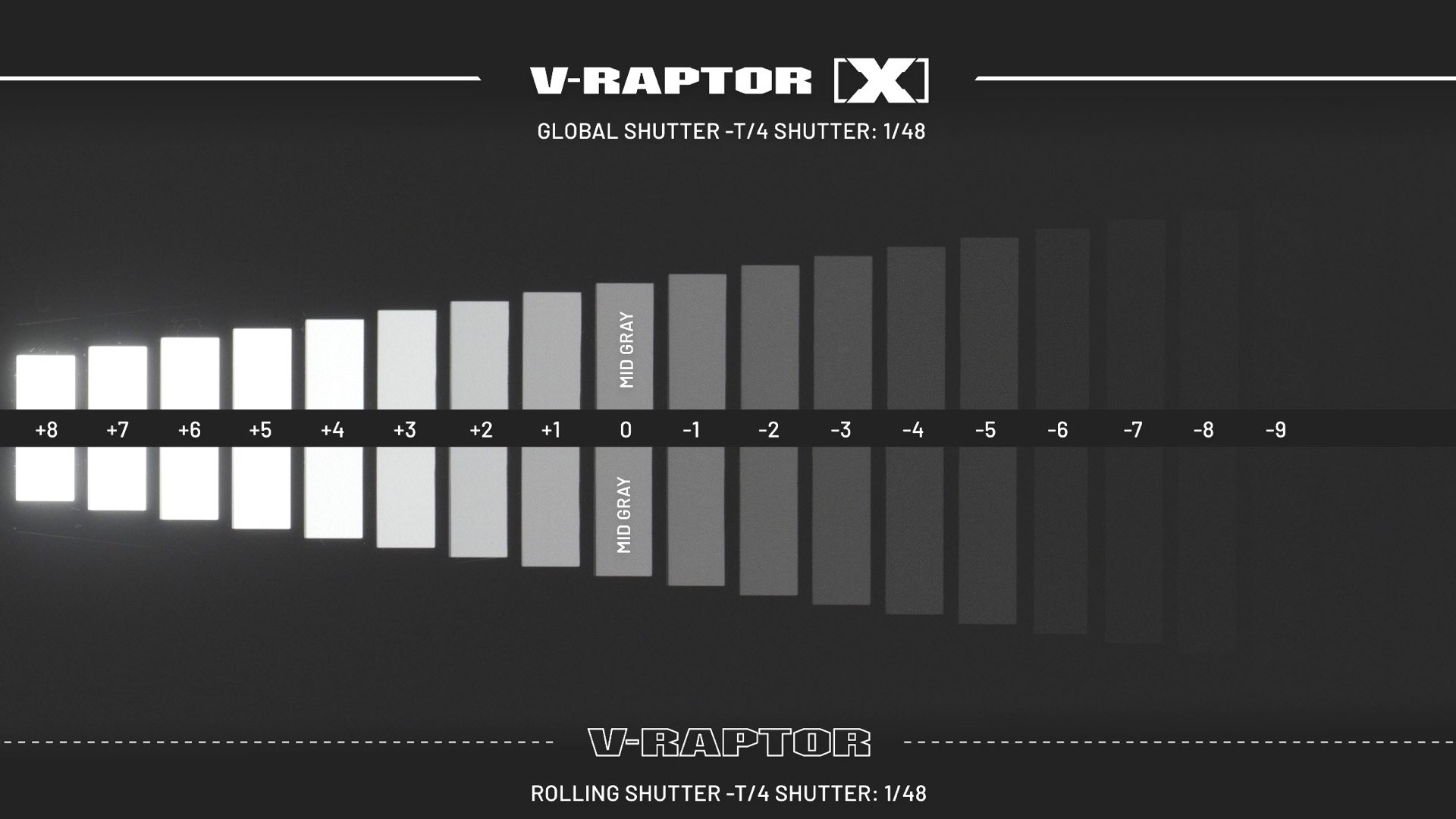
The move to global shutter technology aligns with broader industry trends. Brands like RED have already introduced large-format global shutter cinema cameras, such as the V-RAPTOR X and XL-X, but started with the Komodo. These cameras demonstrate the advantages of global shutter sensors for high-end productions.
Could This Be ARRI’s Breakthrough?
The introduction of a global shutter camera by ARRI could revolutionize the market, particularly in the context of virtual production. Cameras like Nikon’s rumored global shutter models (explore Nikon’s interest here) and other manufacturers highlight the growing demand for this technology. Furthermore, ARRI’s potential adoption of the XGS 45000 could bridge the gap between their traditional ALEV sensor technology and the future of cinema production. With competition intensifying in the 8K space, a global shutter camera would reaffirm ARRI’s leadership, especially in the virtual production space.
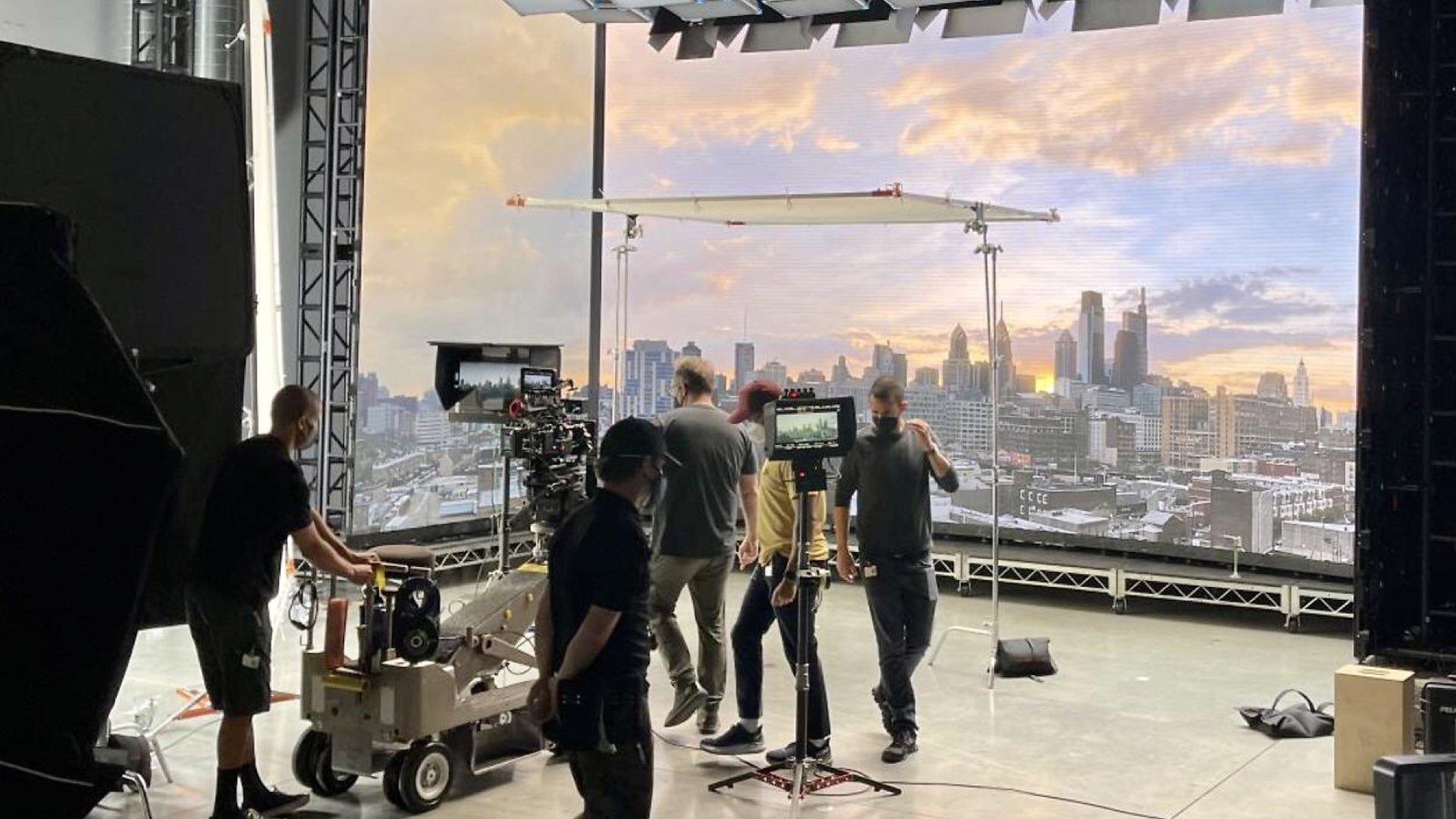
The Road Ahead
ARRI’s history of innovation, combined with its existing partnership with OnSemi, positions it well to leverage the XGS 45000 sensor. If realized, this step could mark a turning point for the company and the industry at large, meeting the growing demands of virtual production and beyond. What do you think? Could this move solidify ARRI’s dominance in the high-end virtual production market, or are there obstacles too great to overcome? Let us know your thoughts in the comments below!

